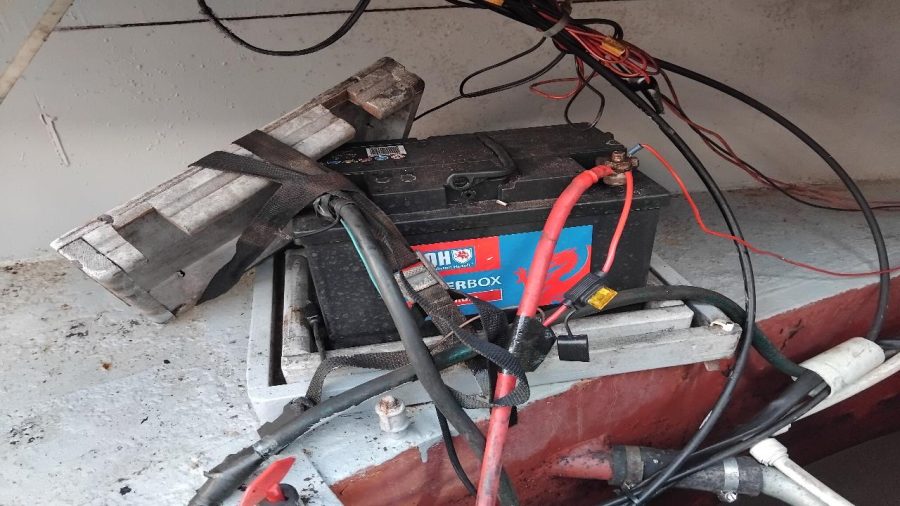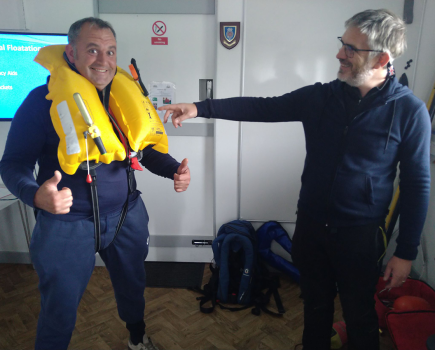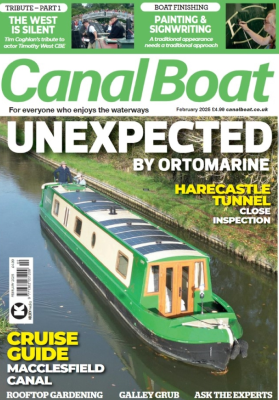River Canal Rescue is concerned over the increasing number of unsafe boats cruising the waterways. The marine breakdown assistance company estimates around 16% of its 3,500 yearly call-outs are due to poor electrical/wiring installations and battery connections, safety lapses and carbon monoxide exposure; up from 12% 18 months ago.
Examples include live 240V cables hanging in the bilges, overloaded electrical connections, surplus battery wires and badly-fitting diesel lines. Boat owners have a responsibility to obtain a valid Boat Safety Scheme certificate every four years, but RCR believes such a length of time between visits leaves any post-pass modifications unchecked until the next inspection. The BSS recognises this does happen, but says it is not responsible for enforcing navigation authorities’ safety standards between inspections.
RCR managing director, Stephanie Horton, opines: “With such a length of time between checks, anything can change. For example, we have a ludicrous situation where if a boat sinks and is refloated, its BSS still stands, despite the condition of the boat.”
Stephanie is also concerned at the number of failures, which potentially could have been picked up at inspection.
BSS general manager, Kevin Tyson, says: “We take the quality and integrity of our examinations extremely seriously. Our examiners are supported by a programme of routine training, they’re quality assurance assessed and we use data-led monitoring to detect any inconsistencies.
“Out of the 21-22,000 inspections BSS examiners undertake annually, the numbers of issues we find and the complaints we get about inconsistency are comparatively tiny. On the whole, they’re doing a good job finding over 34.,700 non-compliant items each year. No system is immune to human error, so we actively investigate all reports of substandard examinations and provide additional training and support where needed.”
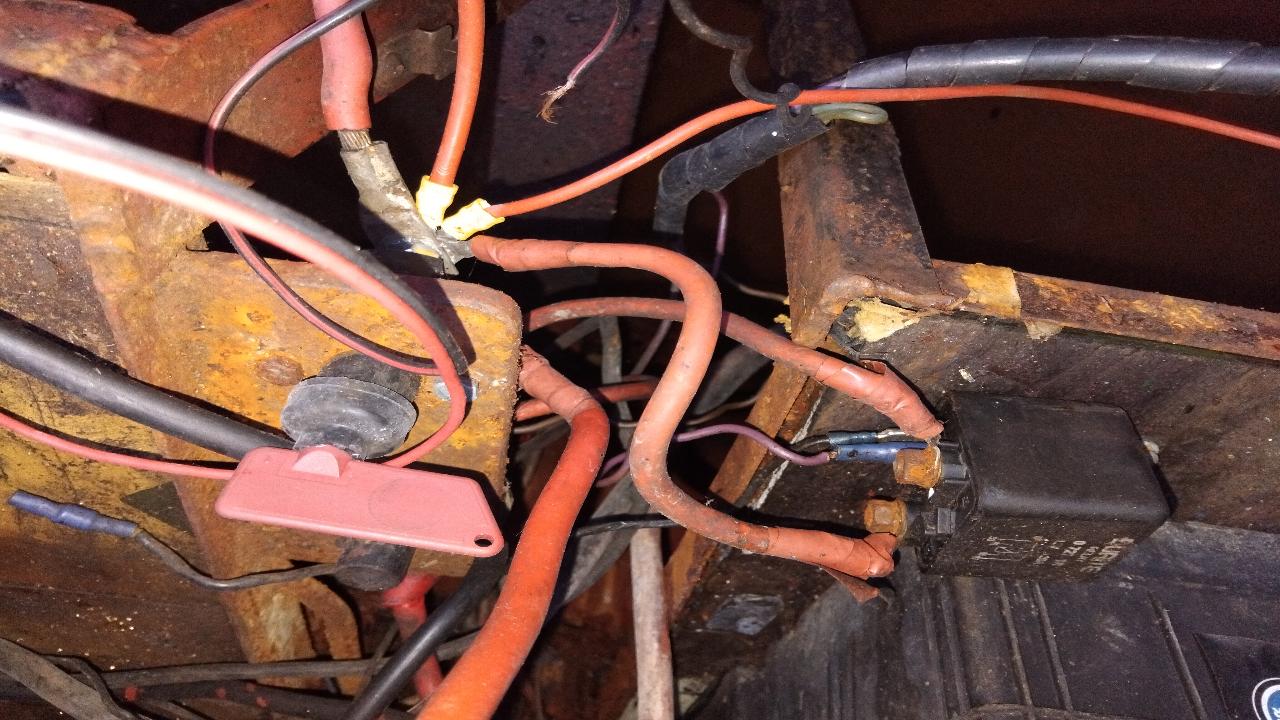
Overloaded electrical connections, wrong gauge wire and rusted terminals
Stephanie continues: “We often find a legitimate certificate has recently been issued, there are no modifications, yet the boat is in a perilous state. Anecdotal feedback suggests in some cases, this may be due to ‘obtaining’ a pass without a visit. When we find boats in dangerous conditions, we advise customers to report back to the BSS, however many feel that doing so will cause them more issues or affect their boat’s certification.”
Kevin agrees: “We encourage boaters to report any concerns to the BSS so we can act promptly. Owners are putting themselves, their boats and potentially others, in dangerous and on occasion, life-threatening situations,” Stephanie concludes. “All boaters need to take responsibility for the condition of their vessels, and equally, the BSS, which we fully support, in our opinion needs to invest more in monitoring and checking the passes being given.”
The BSS states its examination observations relate solely to the condition of the boat at the time of inspection and maintaining that level of compliance is the owner’s on-going responsibility. The BSS reminds the vessel must be maintained in accordance with safety requirements and any other licensing, registration or mooring conditions of the relevant navigation or harbour authority.
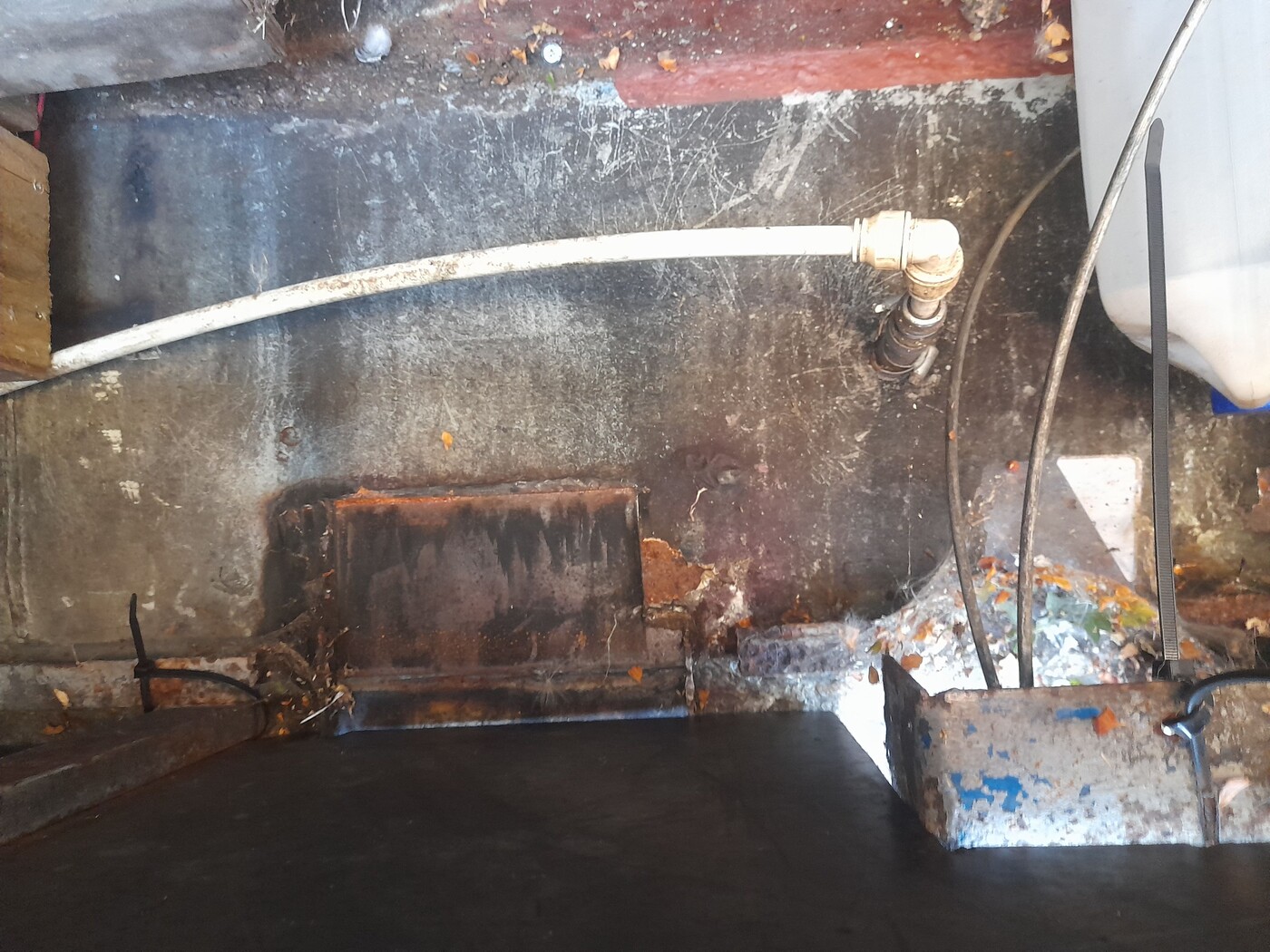
Cooling system using a plumbing hose
Case studies
An engineer attended to replace some domestic wiring and found a 240V extension sat in the bilges, with 240V and 12V cables cable tied together, no isolation and no circuit board protection for some systems. There was also under-rated cabling and poor crimping. The vessel, which had recently passed a BSS, was deemed extremely unsafe and a full overhaul of electrical systems advised.
An engineer was called out for a starter motor issue, and found the owners had recently replaced their three domestic batteries with one large battery, leaving the wires from the two now missing batteries still in place, connected to the battery bank. Rather than removing them, two positive and two negative wires were hanging in to the bilge area, waiting to cause anything from a short-out, to electric shock, fire etc. Posing a threat, the engineer sorted out their wiring and returned a day later to fit a new starter motor.
A customer had fresh diesel lines fitted on the engine (not by RCR) and was concerned about a diesel smell and diesel in the bilge. The engineer found the diesel line union was incorrectly fitted and it was spraying diesel over the exhaust wrapping. Diesel ignites at 56 degrees so they owners were lucky this didn’t cause a fire. The engineer refitted the union and advised not to run the engine until the exhaust wrapping was changed, because it was diesel-soaked. Customer replaced it the next day.
An engineer attended an all-steel narrowboat to work on an engine problem. Upon arrival the customer advised she and her partner had been suffering with very bad headaches and extreme tiredness. After entering the engine bay, the engineer found the whole area covered in thick black soot and the exhaust broken away from the housing. He was told it had been like that for a ‘good while’ and that while running their engine to charge the batteries for their electric, they were falling asleep. With the exhaust no longer connected, the engine was pumping carbon monoxide into the boat. There was no carbon monoxide alarm and in the engineer’s opinion, ‘they were very close to death’. The issue was sorted out the same day.

